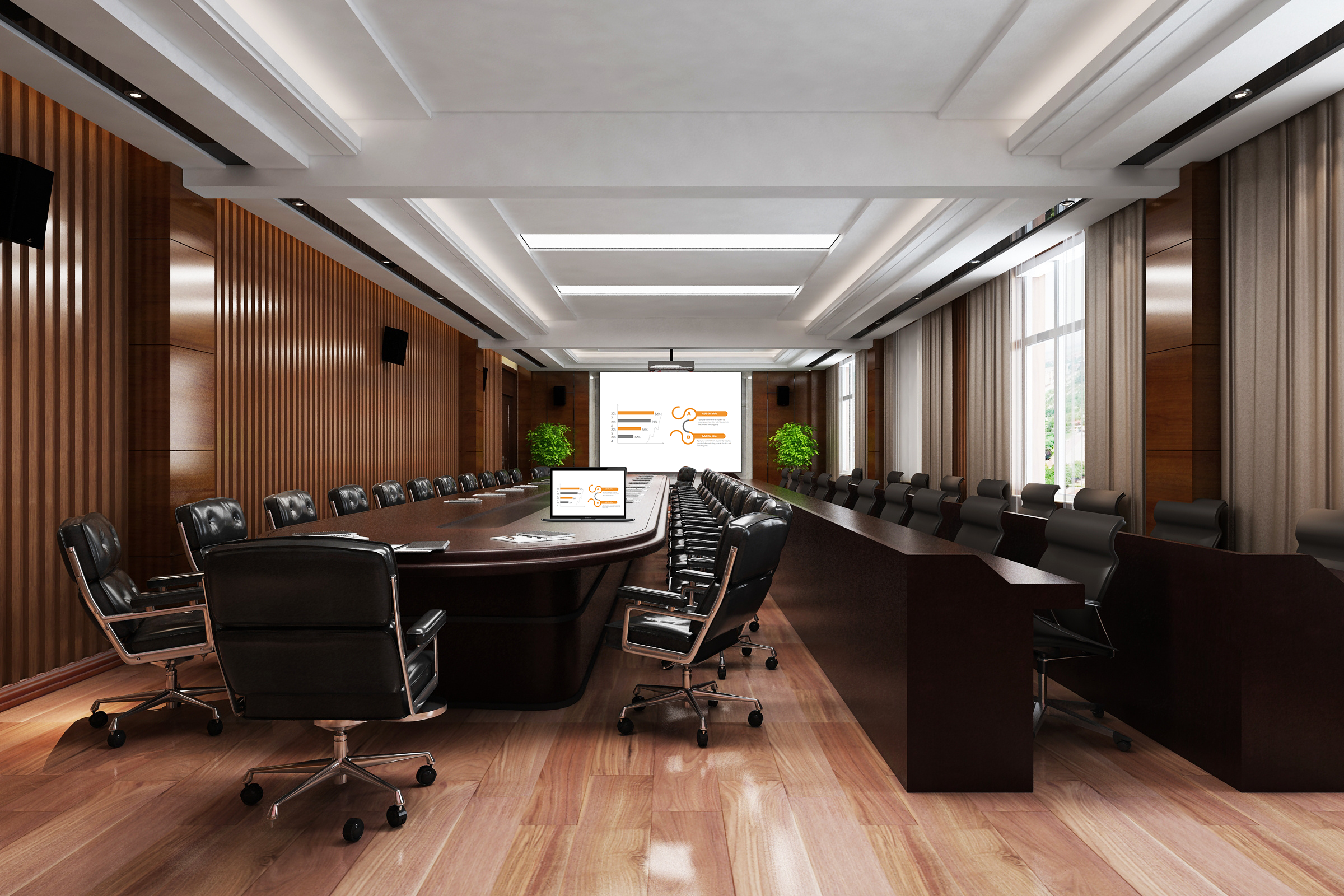Computer Screen Mirroring in Interactive Classrooms: Beyond PPT Presentations
Many teachers still limit their understanding of computer screen mirroring to “playing PPTs,” which is undoubtedly a huge waste of resources. In interactive classrooms, computer screen mirroring has many advanced uses that can significantly deepen teaching effectiveness.
Use 1: Software Operation and Programming Teaching
In information technology or design courses, teachers use computer screen mirroring to demonstrate software operations (such as PS, CAD) or code writing and debugging in real time. Students can clearly see every step and detail, making the learning effect far better than mere verbal explanations.
Use 2: Virtual Experiments and Simulation
With professional simulation software, teachers can use computer screen mirroring to display dangerous, macro, or micro experiments that cannot be completed in physical laboratories (such as physical collisions, chemical molecular reactions), visualizing abstract concepts.
Use 3: Collaborative Annotation and Whiteboard Co-Creation
When conducting computer screen mirroring, teachers can activate electronic whiteboard or annotation tools, inviting students to come to the front to circle, highlight, or comment on the mirrored screen. This realizes ideological collision between teachers and students on the same interface, transforming one-way demonstration into two-way co-creation.
Use 4: Multi-Signal Source Comparative Teaching
Advanced interactive classroom solutions support simultaneous computer screen mirroring of multiple signal sources. Teachers can display reference materials, students’ works, and their own explanation screens on the large screen at the same time for comparative analysis, fostering students’ critical thinking.
When teachers can proficiently use these advanced methods, computer screen mirroring is no longer a simple display tool, but a bridge to build in-depth interactive classrooms, greatly expanding the boundaries of teaching.
